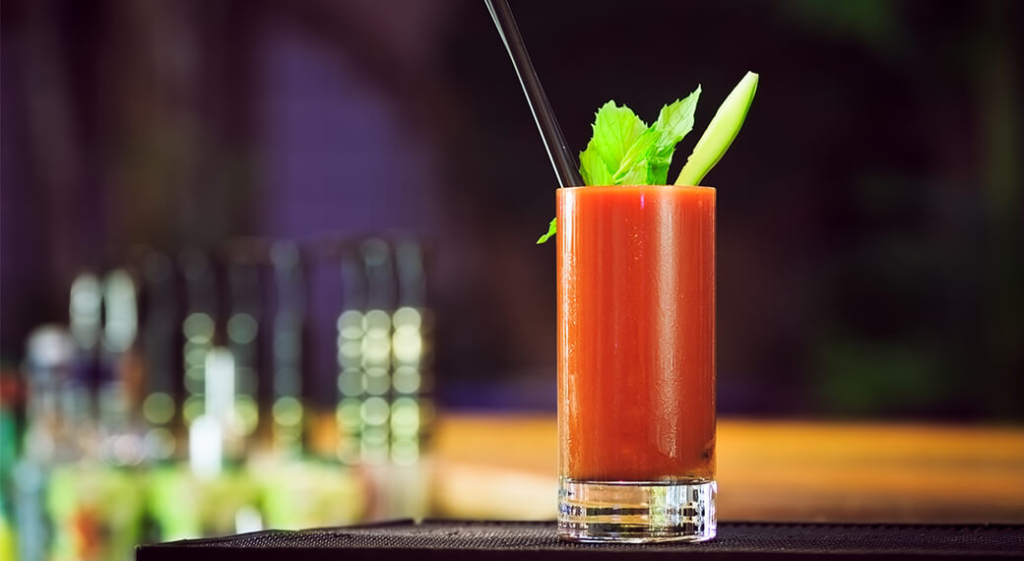Did you know that New Year’s Day is also National Bloody Mary Day? Read on to learn how the Russian Revolution contributed to its origins, why modern iterations feature garnishes like whole chickens, and whether they can really cure a hangover.
Picturesque Origins
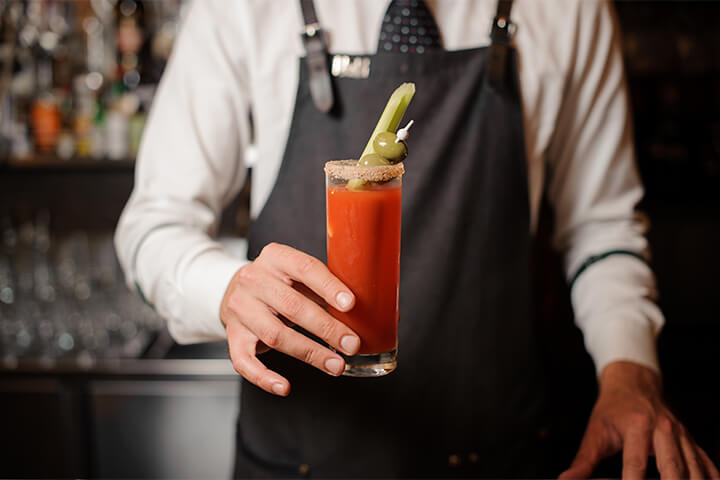
For a brunch cocktail with a chic backstory, look no further than the Bloody Mary. This cocktail originated in the heart of Paris in the 1920s at Harry’s New York Bar, a hotspot for American ex-pats seeking a taste of the good stuff during Prohibition. Fernand Petiot, a bartender at Harry’s, is credited with combining vodka and canned tomato juice. Seasonings like celery salt, black pepper, and lemon juice rounded out the initial recipe, creating the base for the savory concoction we know today.
A New, Exotic Spirit
Early popularity for the Bloody Mary stemmed from its key ingredients. Tomato juice provided a familiar yet unexpected base. On the other hand, vodka offered a clean canvas for experimentation. In the 1920s, vodka was a spirit newly accessible to Parisians, making this drink all the more exotic to its early audience.
Vodka landed in France during a tumultuous period of Russia’s history, fraught with immense political upheaval. The overthrow of the Tsarist regime in 1917 had wealthy Russians fleeing the Revolution, carrying their vodka expertise westward.
Vodka’s popularity in France during the 1920s was limited. It was enjoyed primarily by a circle of wealthy Russians, American expatriates, and a handful of adventurous French patrons. Eventually, its scope of influence rose, but it took several decades for this “spirit in exile” to truly find its place in the French drinking repertoire.
As the drink gained traction and Prohibition ended, vodka migrated across the Atlantic, finding a home in American speakeasies and eventually becoming a fixture at brunch buffets and airport bars.
Bloody Mary Variations
Over time, Bloody Mary variations emerged, incorporating elements like horseradish, Tabasco sauce, olives, celery stalks, and bacon. These additions catered to individual palates and transformed the Bloody Mary into a customizable experience.
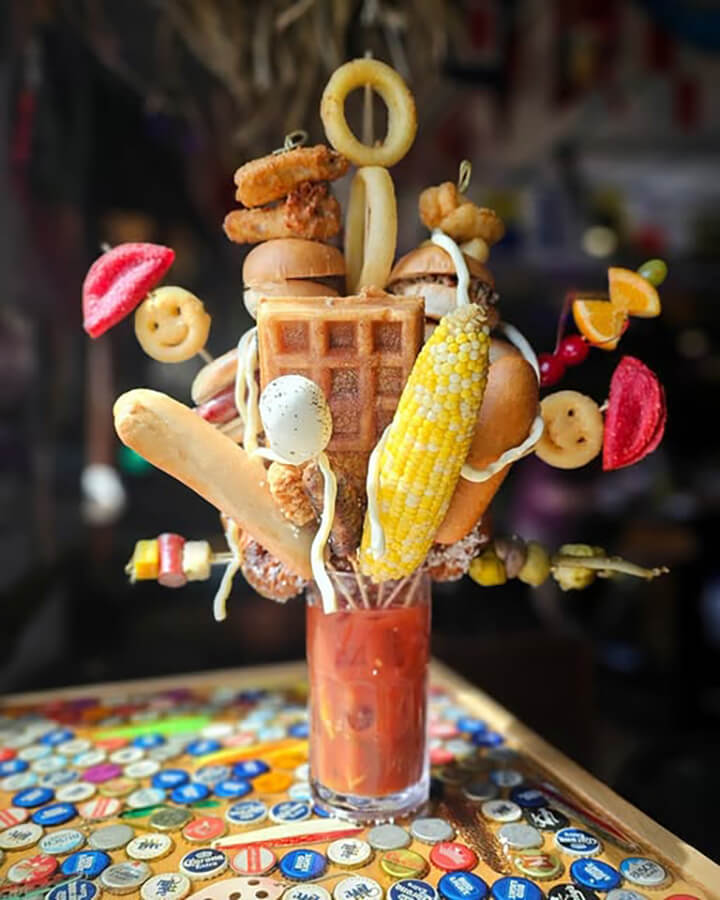
The modern Bloody Mary thrives on variation. The traditional celery stick has been overshadowed by feasts fit for a king. The turning point came with the addition of items like olives and pickled vegetables. This seemingly innocuous step opened the door to ever-more-elaborate garnishes. Restaurants began using the Bloody Mary as a platform to showcase their creativity, adding sliders, fried chicken, whole roasted chickens, skewers, cupcakes, and seafood extravaganzas as featured garnishes.
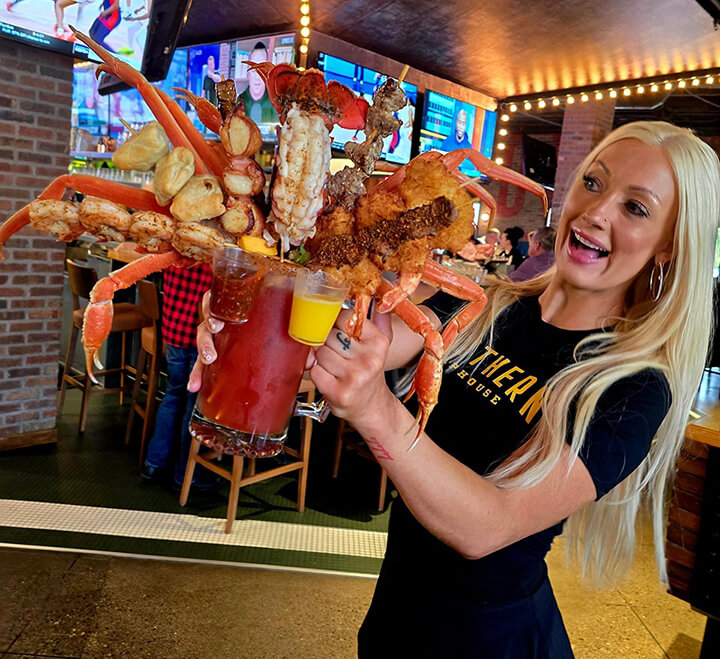
Instagram and TikTok played a significant role in the Bloody Mary’s transformation, as ideal stages for showcasing extravagant, photogenic drinks. And from a business perspective, elaborate Bloody Marys made sense. The high cost of the garnishes was easily incorporated into the price of the drink. And since there are no rules when it comes to garnishes, it becomes an exciting challenge to pair flavors and build a bouquet of extreme garnishes, all while trying to obey the laws of physics.
Can a Bloody Mary Cure a Hangover?
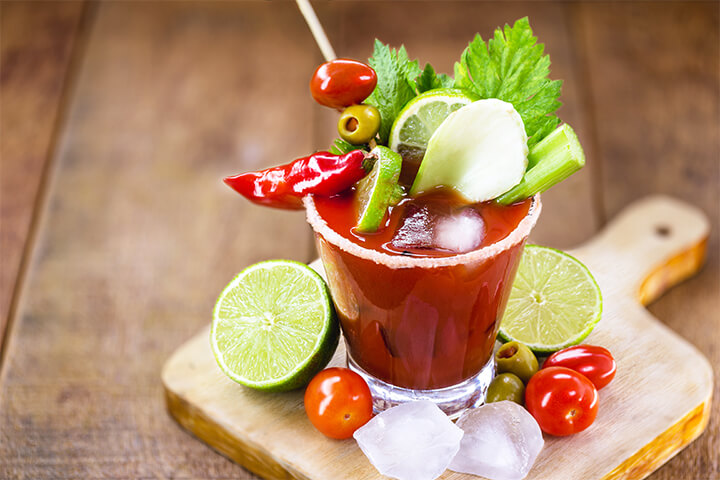
It’s no coincidence that National Bloody Mary Day falls on the aftermath of the biggest drinking night of the year. For decades, the Bloody Mary has held the dubious distinction of being a hangover remedy. But does science support this age-old belief, or is the Bloody Mary merely a placebo?
The Post-Party Plunge
Curing a hangover — dehydration, electrolyte imbalance, and acetaldehyde toxicity — is a big feat. Alcohol acts as a diuretic, leading to fluid depletion. This dehydration triggers a cascade of effects, including headaches, fatigue, and nausea. Additionally, alcohol disrupts the body’s delicate electrolyte balance — particularly sodium and potassium — further contributing to the unpleasant symptoms. Finally, the incomplete breakdown of alcohol produces acetaldehyde, a toxic metabolite that wreaks havoc on our system.
Rehydrating and Reviving
On one hand, tomato juice provides a significant amount of water to aid in rehydration. It’s also a good source of vitamin C, which combats inflammation and gives the immune system a boost — both valuable assets during a hangover. Furthermore, research suggests that vitamin B6, also found in tomatoes, may play a role in mitigating hangover symptoms. Studies have shown that individuals with higher levels of B6 experience less severe hangovers.
The spicy elements of a Bloody Mary, such as horseradish and hot sauce, might also be beneficial. Capsaicin, the active ingredient in chili peppers, stimulates the release of endorphins, the body’s natural painkillers, potentially contributing to soothing a headache.
A Sobering Look
The Bloody Mary’s core ingredient, vodka, presents a scientific conundrum. While the initial surge of alcohol might provide a deceptive sense of energy, it ultimately exacerbates dehydration and disrupts sleep. The concept of a “hair of the dog” lacks scientific support and can, paradoxically, worsen symptoms in the long run. But if it’s a solution that works for you, either for real or via a placebo effect, by all means, keep doing what you’re doing.
Garnish Showdown
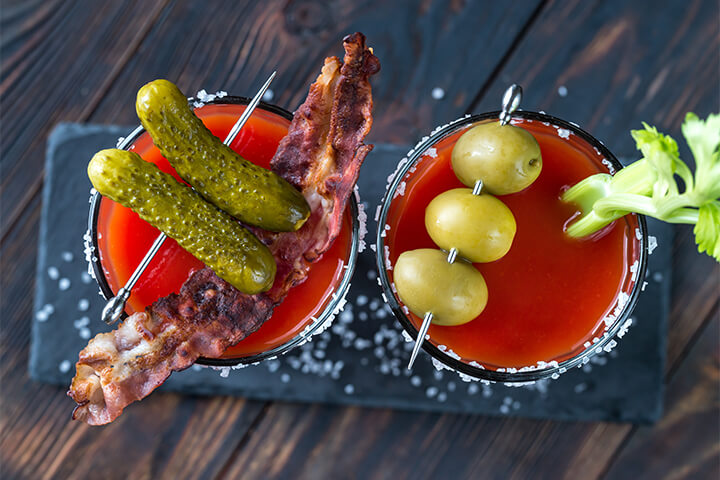
Ultimately, the Bloody Mary’s enduring appeal lies in its versatility, its bold, savory profile, and its purported medicinal properties. What are your favorite creative Bloody Mary garnishes? Lobster? Cheerios? A mini pizza? Let us know in the comment section!

